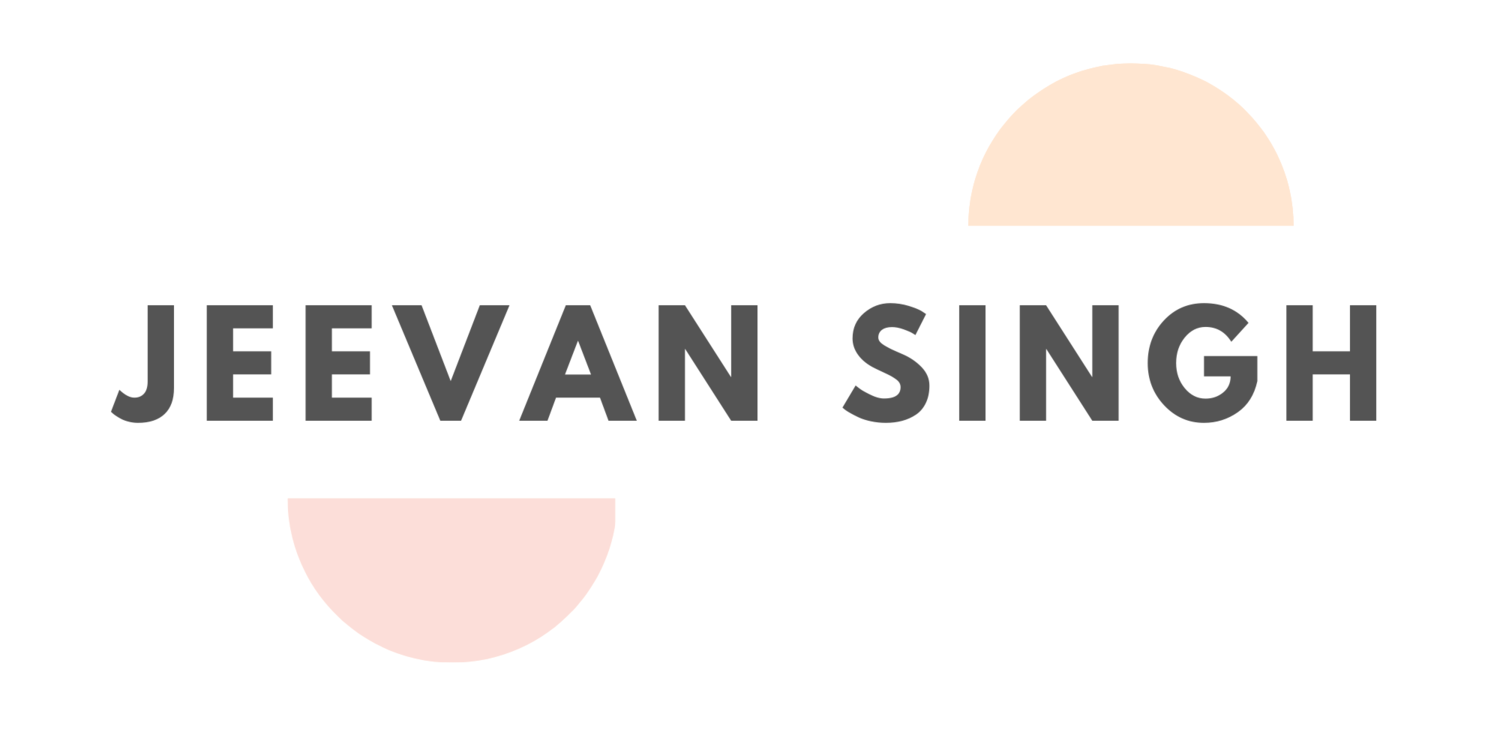Recognizing Our Boundaries, Part I
/In this time of uprising, I see so many of us truly wanting to do the “right” thing - but in order to recognize and speak up in moments of aggression, we need to first know where we stand in relationship to it. And knowing where we stand is part of recognizing our boundaries.
Recognizing our boundaries does not come automatically for many of us - especially when there’s been trauma.
Some of us may not get the internal cues that signal when a boundary is getting crossed.
Some of us may get the signals, but then not know how to respond.
Many of us have had to learn our boundaries as adults.
I’ve been asking myself - how do I speak up in the presence of injustice (which is also a boundary violation) when I don’t always recognize my boundaries?
Boundaries, for me, were super confusing - from childhood and well into my 20’s. I understand why.
Growing up with a caretaker who was both loving and abusive.
Growing up in non-white family cultures that prided themselves on pushing onto (food, affection, opinions), instead of asking.
Growing up in a societal structure where womxn were quiet and men spoke, where misogyny and racism was normalized.
Growing up in a body that taught me that white folks held the power and I did not.
Acknowledging the ways my boundaries were never fully formed allows me to have compassion for myself - when I am unclear, when I freeze.
It allows me to see what’s happening so I can change course.
It also allows me to feel my agency now - as an adult - and learn self-responsibility around boundaries.
Learning my boundaries as an adult has been one of the most clarifying, stabilizing and safety-creating factors in my personal healing. Knowing my boundaries as a healer is imperative for the work I facilitate.
Right now in this time of needed transformation and courage, it is crucial that we know our boundaries and learn the boundaries of others - so that we are not just TALKING about liberation but actually EXPERIENCING it in our bodies in real time - the ways that respect, authenticity and communication impact ourselves and others.
Right now as BIPOC, knowing our boundaries is part of our liberation and ancestral healing.
Right now for those of us who are non-Black, knowing our boundaries is imperative in committing to the long-term work of anti-racism.
Knowing our boundaries is the groundwork for speaking up - in moments of indirect and direct aggressions - towards ourselves and others.
I’ll be exploring this topic of boundaries these next few weeks and would love to hear your thoughts / experiences.
🌊
If you are interested in stepping into a place to safely explore this topic of boundaries, this is work I facilitate in all of my offerings, both 1:1 and in groups.
For my healer babes, we will be exploring our boundaries - in our lives and work - in Sacred Fire - a transformative circle for visionary healers. Learn more and sign up for the waitlist here: jeevansingh.com/sacred-fire







